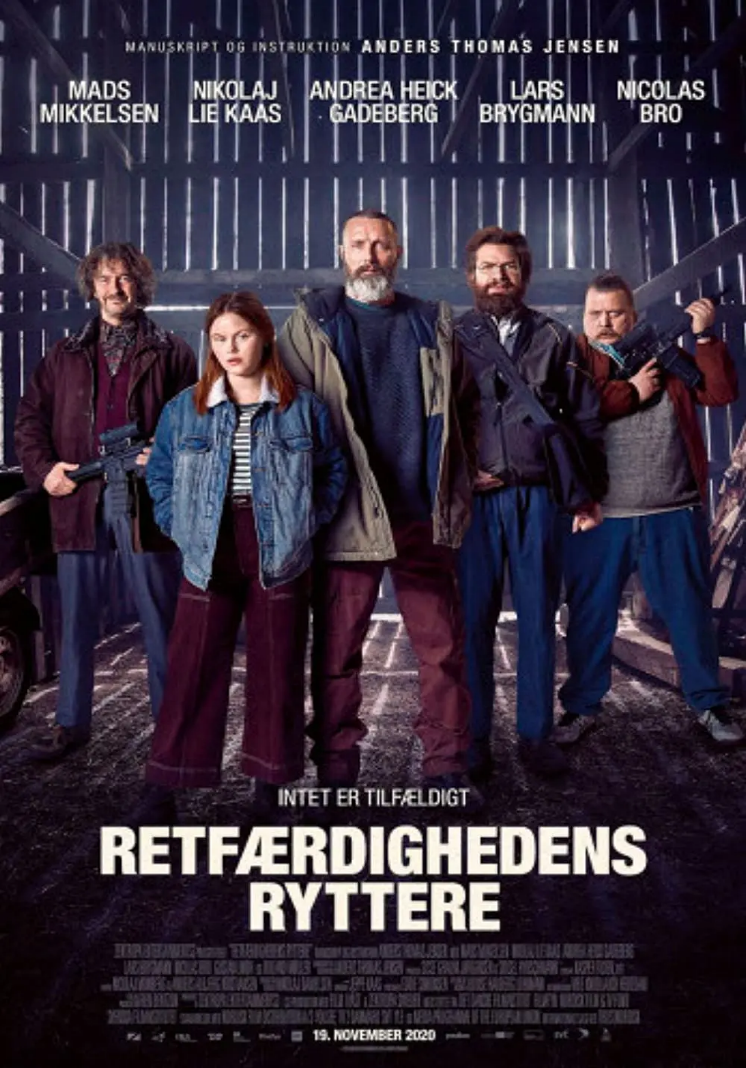The Look of Silence Massacre crimes forgotten in Java

Adi’s father had long since begun to fail to remember. He was trapped half-paralyzed in his wheelchair, like a piece of lightly expired lean meat, pulled into bed by his wife and wiped his tattered limbs over and over again. He forgot his age, repeatedly reciting that he was only 16 or 17 years old, although the 103 years old his wife spoke of was a slight exaggeration; he forgot the names of his sons, including Adi, who spoke loudly into his ear in the courtyard, and the oldest son who left home in 1965 and never came back. He only remembers those Sumatran nursery rhymes from his childhood, moribundly spitting out lyrics about beautiful girls and clear rivers.
But the rivers of his hometown, Aceh, had long since ceased to be clear, as had the hunt for suspected communists throughout Indonesia by President Suharto, the military officer in power after the September 30 incident in 1965. Thousands of intellectuals and young men were abused and thrown into the river …… Later, the river’s inhabitants never ate fish again because they were presumably fattened up by their children. This also included the old man’s forgotten eldest son, the brother Adi had never met, who was stabbed by a firing squad one night and then struggled to escape, and the army then came back to raid the house, torturing and cutting off his phallus halfway down the river under the pretext of taking it to the hospital, before throwing the mutilated limbs into the river, like many other young men.
The crime was not forgotten, but was even mentioned and even bragged about by the murderer, with some unbelievable “results”. The executioners, with millions of lives, continue to be the protagonists of the country, as hoodlums, police chiefs and even government officials, while the families of the victims, with more fear than understanding, fearfully live next to the killers of their children and brothers.
Joshua Oppenheimer, an American director who speaks Sumatran, was the first to make the film in 13 years. Oppenheimer, a Sumatran-speaking American director, began his involvement in documenting the memory of the Holocaust 13 years ago. In 2012, he produced “The Killing”, a great documentary film combining contemporary art and theater performance, in which the perpetrators of the massacre are so complacent about reenacting the scene that it sends shivers down the spine of the audience. There is no trace of guilt or remorse from them, they sleep peacefully, live comfortably, have a clear conscience, and even believe they can go to a wonderful heaven behind them.
Such a situation proves that something is definitely wrong with the memory of the Indonesian nation.
This time, Joshua continues to work from the perspective of the victim, eliminating other formalistic artistic means and presenting another documentary masterpiece, The Image of Silence, in a more profound way. Adi, the main character in the film, has not experienced the Holocaust, but is a “substitute” born years later to a mother who lost her eldest son. Through his acquaintance and relationship with Joshua, he saw the “testimonies” of the right-wing death squads filmed by the director from 2003 to 2005, and many of these “performers” continue to appear in “Statue of Silence”. This material may have been the trigger for Adi’s desire to find the cause of his brother’s death, even though he had never met him. He didn’t want revenge, he just wanted to hear “I’m sorry” from the mouths of the executioners or their loved ones before they ascended to heaven.
This simple wish, which he took for granted, proved not to be easy to achieve. Survivors of the massacre urged him to stop, “Let bygones be bygones”; the families of the victims, including their mothers, worried that the more they knew, the deeper the damage would be; the families of the killers, after a long silence, responded unhappily, “We never heard our father mention these things, so why do Joshua and you have to come and open up the scars? scars, can’t we just get along in reality?” The murderer, who is not yet dead, is not in front of the resolute Adi to put on a look of complacency, but also after a long, awkward silence, before having to spit out a “sorry”.
Adi is able to approach these “terrible neighbors” because he has a convenient professional identity – eye optometrist. From time to time, he enters the homes of his brother’s murderers under the pretext of free optometry. The reason why they were identified as murderers was also due to the high profile of the perpetrators – they had been in Joshua’s video footage 10 years ago, dancing and recounting the “heroic deeds” of when and where they killed someone with what torture, one of them One of them even published a comic book illustrated with chapters telling the story of how he killed 32 communists and claimed to have drunk the blood of his victims “to avoid mental problems.
Unfortunately, in Indonesia, any case, including the massacre, expires after 18 years, meaning that the executioners will never be punished by law. But national history education is a black-and-white brainwashing of children, and the documentary follows Adi’s son’s classroom as the teacher vividly recounts the “September 30 incident,” in which “faithless communists captured and killed six officers and gouged out their eyes. ” In another 1967 NBC News documentary, right-wing executioners tell the story on camera: “After Suharto came to power, the communists surrendered and enthusiastically demanded their own execution”.
Thus, the professional identity of the optometrist and the active search for the truth also represent the director’s hope to use the power of the documentary to reverse brainwashing education at least that little bit. The eye-catching performance of the previous film “The Killing Act” at this year’s Oscars also confirms that a film with a conscience can always still exert the power of justice. The complacent Executioner’s Gate began to worry about whether the trial would be reopened, and just this July, Indonesia finally achieved its first democratically elected government after 65 years of independence.
Sadly, Adi was not able to reap the “I’m sorry” of most of the perpetrators, most of whom have died smiling and the rest are dying. The victims, too, are either suffering from memory loss due to the onset of Alzheimer’s, or continue to be afraid to speak of what happened due to the inertia of silence brought on by fear. This is, after all, Indonesia, a place that intentionally or unintentionally never remembers anything – a place where, as we say, “forget everything in Java”.
Adi’s old mother plays with the jumping beans on the table, chanting her eldest son’s name, hoping to hear the call.
In the video, the executioner comes to the river, gestures of victory, and takes a photo together, while on the other side of the TV, Adi is motionless and silent.
The first and last echoes of the dark night, a pair of trucks driving slowly on the dirt road, a few beams of yellow headlights dazzling in the depths of the scene, like a flame starting to burn, and like a real but doomed never to be seen crime.




